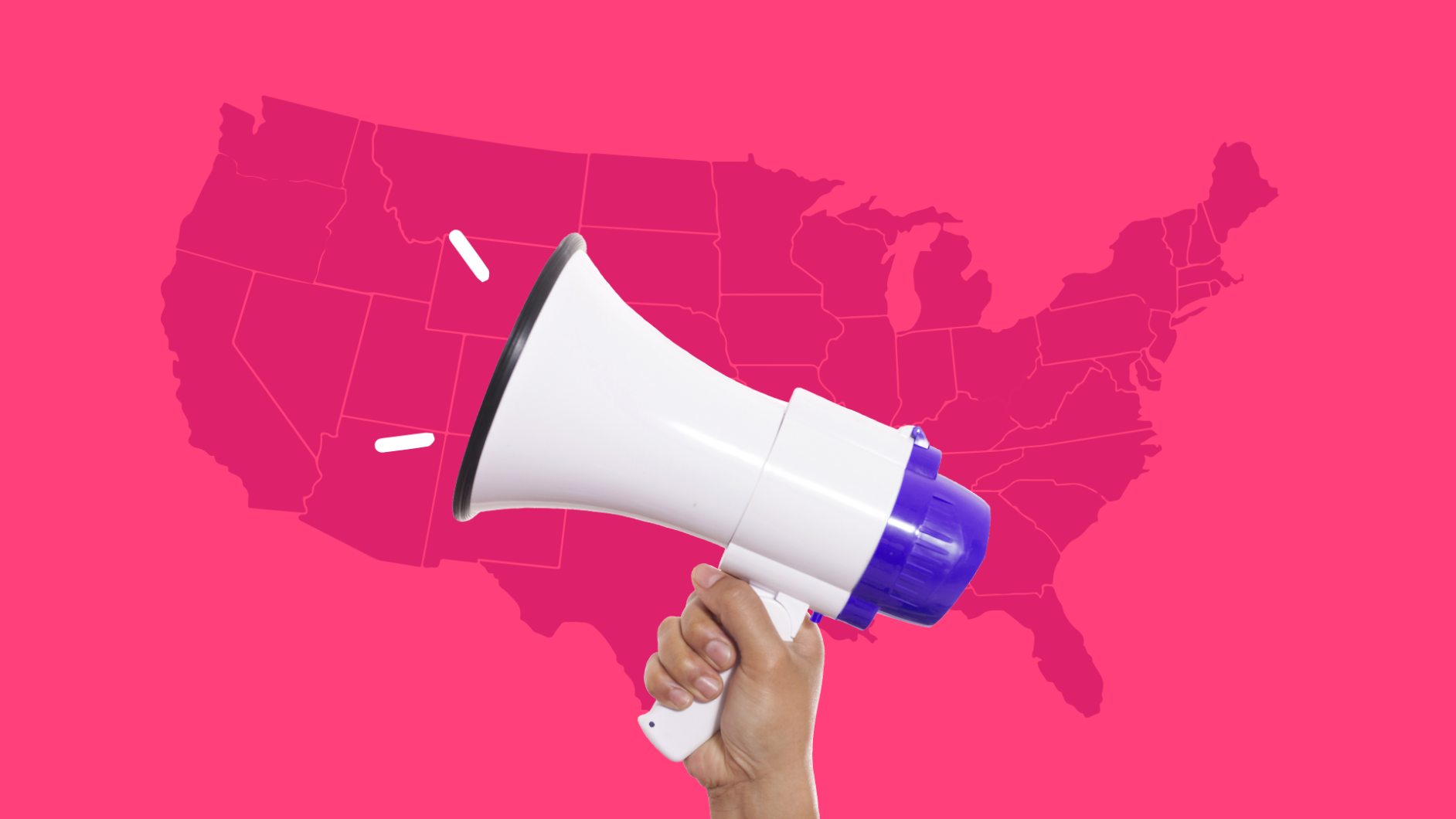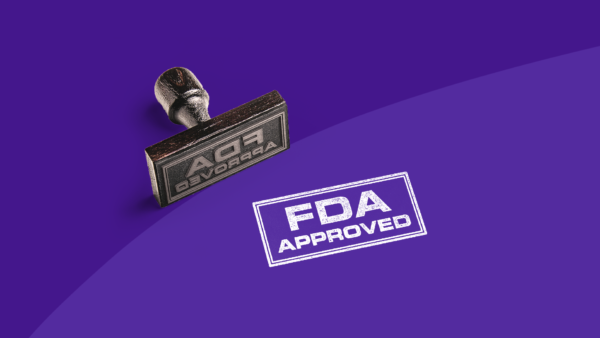Medicaid is a federal and state-funded program that assists with medical costs for people with limited income and resources who qualify. It is funded by federal payroll taxes, general tax revenues, and beneficiary premiums to offer benefits not normally covered by other government assistance programs, including nursing home care and personal care services.
Because the Medicaid program is jointly funded by federal and state governments, there may be some variability when it comes to eligibility and benefits from state to state. According to official Medicaid records, the federal government pays states for a specified percentage of program expenditures, called the Federal Medical Assistance Percentage (FMAP). Then, each state is responsible for operating its own Medicaid program within federal guidelines. States have a great deal of flexibility in designing and administering their programs, though all states must provide a minimum standardized set of benefits and eligibility criteria. States may choose to be more generous than these minimums in their benefits and eligibility criteria. As a result, Medicaid eligibility and benefits can and often do vary widely from state to state.
Additionally, qualifications or specifics about Medicaid can change year to year. There were many changes in the past few years to accommodate the evolving COVID-19 health crisis. As the pandemic resolved, some states have tightened rules around recertification. Although there were no major changes in 2024 outside of that, it’s important to stay aware of Medicaid eligibility and expansions.
2024 Medicaid eligibility
Currently, to qualify for Medicaid, you must meet the financial criteria established by your state. Individual states have the option to establish a “medically needy program” for individuals with significant health needs whose income is too high to otherwise qualify for Medicaid under other eligibility groups. This may require an individual to “spend down.”
Beneficiaries will also need to meet the following criteria:
- Generally must be residents of the state in which they are receiving Medicaid
- Must be either citizens of the United States or certain qualified non-citizens, such as lawful permanent residents
- Some eligibility groups are limited by age, pregnancy, or parenting status
- Low-income families, qualified pregnant women and children, and individuals receiving Supplemental Security Income (SSI) are examples of mandatory eligibility groups.
Unwinding Medicaid continuous enrollment
As of April 2023, states can terminate Medicaid for individuals who are no longer eligible and require documentation for annual re-enrollment. This was a standard process prior to 2020 when Congress prohibited states from terminating Medicaid coverage to help people manage the financial impact of the COVID-19 crisis. The reinstated policy requires Medicaid enrollees to go through an annual renewal process where they must provide a current income and household size. States have 12 months to initiate eligibility reviews.
The implementation of this change is estimated to result in a loss of coverage for 7.8 to 24.4 million Americans, according to the Kaiser Family Foundation.
Medicaid expansion updates
After the Affordable Care Act (ACA) was passed in 2010, eligibility for Medicaid was expanded to include more low-income qualifiers, those who were up to 138% of the poverty line. That means those with an individual annual income of $20,783 or less or a family of four with an annual household income of $43,056 or less qualify for Medicaid coverage. To verify this income, the state Medicaid agency places the burden of proof of monthly income on the applicant. In other words, applicants are required to provide all requested and necessary documentation to verify what is written in the application.
Currently, states are allowed to take part in the expansion or to opt-out. As of December 2023, 40 states plus Washington, D.C., have implemented the Medicaid expansion to serve poor and low-income adults. Those states include:
- Alaska
- Arizona
- Arkansas
- California
- Colorado
- Connecticut
- Delaware
- Hawaii
- Idaho
- Illinois
- Indiana
- Iowa
- Kentucky
- Louisiana
- Maine
- Maryland
- Massachusetts
- Michigan
- Minnesota
- Missouri
- Montana
- Nebraska
- Nevada
- New Hampshire
- New Jersey
- New Mexico
- New York
- North Carolina
- North Dakota
- Ohio
- Oklahoma
- Oregon
- Pennsylvania
- Rhode Island
- South Dakota
- Utah
- Vermont
- Virginia
- Washington
- Washington, D.C.
- West Virginia
Medicaid expansion looks different for each state, as does the implementation of the expansion. But one bottom line is that if your state has accepted and implemented the expansion, you may now qualify for Medicaid, even if you had not in the past.
For a detailed look at your state’s implementation, the Kaiser Family Foundation has created an interactive map with more details. As of now, 10 states have not adopted the expansion. For those states, if you fall at or under the Federal Poverty line for your household size (which is $15,060 for an annual individual income in 2024), you still may qualify for Medicaid coverage.
Current issues with Medicaid
Records show that the federal government generally pays between 50% and 78% of each state’s total Medicaid costs. But for the costs of adults who qualified for Medicaid under the Affordable Care Act, that number is much higher: 90%. Reducing eligibility and drug coverage, and increasing state government’s freedom to dictate the finer points of Medicaid programs is an effort to decrease that spending.
The unwinding of the continuous coverage provision is one way the government is attempting to cut back on costs. But, that can lead to millions of Americans losing access to affordable health care.
How to save on prescriptions
While you can’t use SingleCare and Medicaid benefits at the same time, you can use SingleCare if our prices are lower than Medicaid or if a prescription isn’t covered by your benefits. When you use your SingleCare card, the pharmacy processes it instead of your Medicaid card, not in conjunction with your Medicaid card.
SingleCare can help you save up to 80% on prescription medications—reducing drug costs so you have more money for other essential expenses. All you have to do is visit singlecare.com or download our app, search for your medication, and save or text yourself the savings card to show the pharmacy. You can learn more about using SingleCare along with your Medicaid benefits here.
Sources
- Financial management, medicaid.gov
- Medicaid eligibility, medicaid.gov
- Changes coming to Medicaid, Center on Budget and Policy Priorities: Beyond the Basics (2023)
- 10 things to know about the unwinding of the Medicaid continuous enrollment provision, Kaiser Family Foundation (KFF) (2023)
- Status of state action on the Medicaid expansion decision, KFF (2023)
- Status of state Medicaid expansion decisions: Interactive map, KFF (2024)
- Poverty Guidelines, U.S. Department of Health and Human Services, Office of the Assistant Secretary for Planning and Evaluation (2024)











